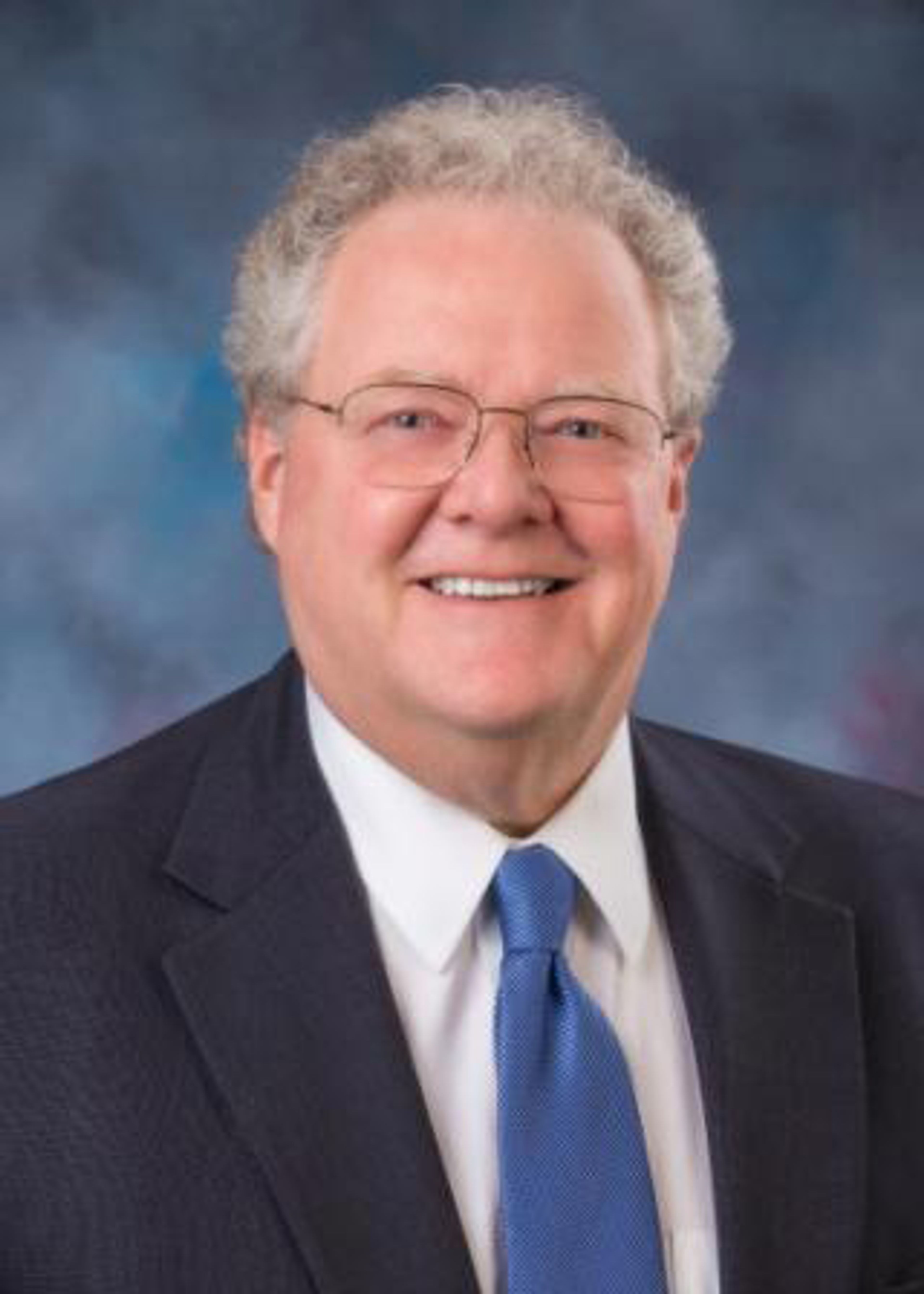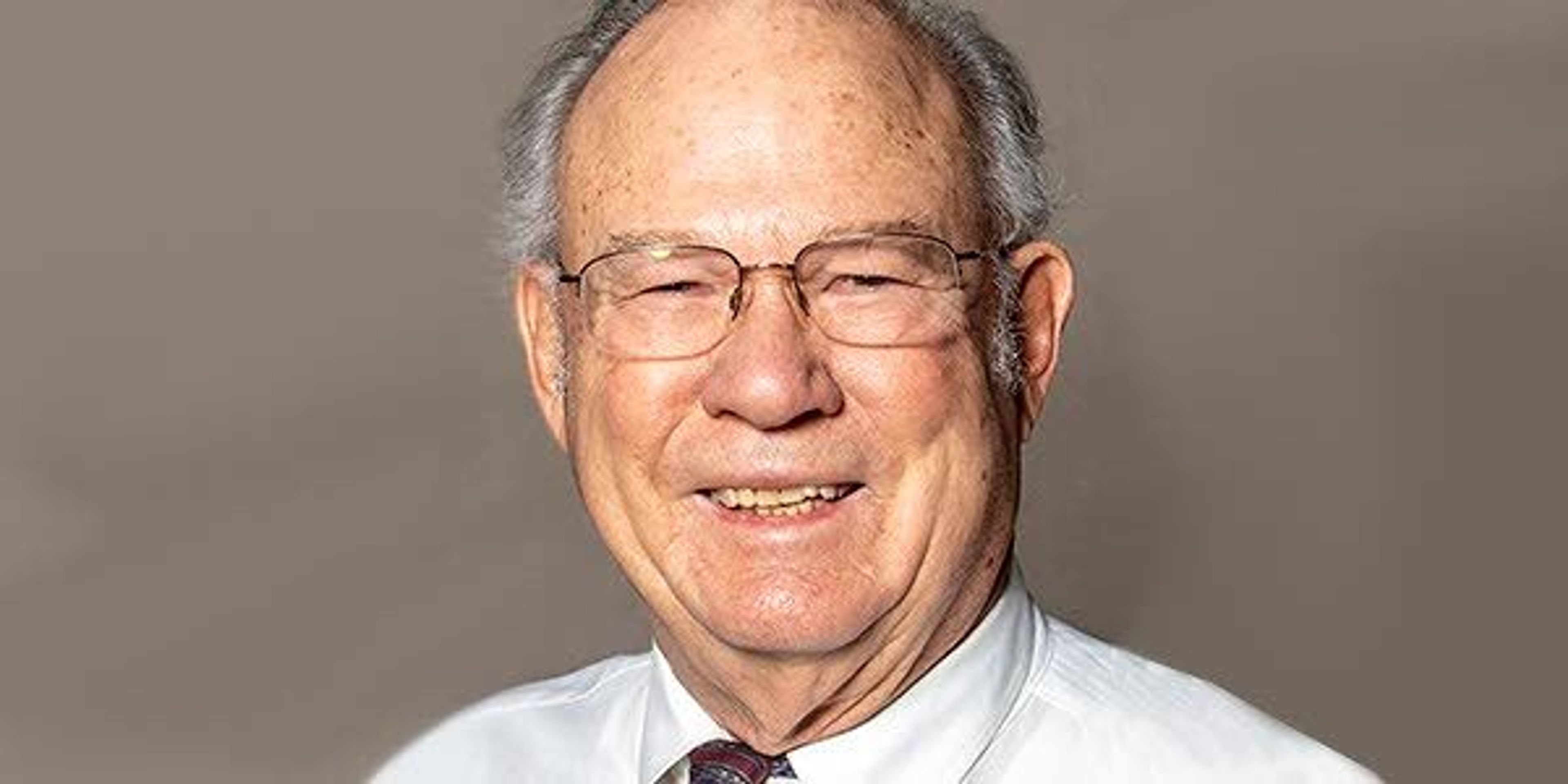When she’s not serving in the Idaho Legislature, Rep. Kerry Hanks, R-St. Anthony, drives a school bus for her local district.
She’d like to be carrying heat when she does it.
“I would appreciate that opportunity to legally carry to protect my students,” Hanks said. “Driving down the road, somebody could jump in the back easily.”
Much the same goes for Rep. Aaron von Ehlinger, R-Lewiston. When he’s not busy in Boise, von Ehlinger works as a substitute teacher.
He, too, wants a concealed firearm at his ready.
“I absolutely believe that the only way to stop a bad guy with a gun is a good guy with a gun,” he said.
If you’re a parent and that makes you nervous, time is running short. Already, Hanks, von Ehlinger and 50 House Republicans — including all five of von Ehlinger’s colleagues from north central Idaho — have approved a bill that gives any school employee with an enhanced concealed carry permit the right to bring his weapon of choice to work.
That presumably goes not just for teachers and administrators, but custodians, cafeteria workers, bus drivers, aides, and secretaries.
They don’t need permission.
Now on the way to the state Senate, the bill merely requires the armed employee to alert the school administration of his intentions. But aside from sharing it with the school board and law enforcement, the information is kept confidential.
So what if the teacher is having emotional problems? Or the bus driver abuses drugs and alcohol? Or the aide is having a domestic issue?
No matter what they know about the individual’s background, the principal, superintendent or anyone else better keep it to themselves. Certainly, they can not intervene.
Nor do armed school employees need much training in the safe and effective use of a concealed firearm.
To get an enhanced concealed carry permit, the applicant sits through a few hours in class and demonstrates the ability to load and fire his weapon.
Contrast that with the training a cop gets.
He attends the academy. Twice a year and sometimes more often, he undergoes training in marksmanship and scenario-based responses. Year-round, he’s responding to real-life situations with members of the public.
At least, it hones the officer’s ability to restrain the natural fight or flight response in a crisis.
In the same circumstances, a barely trained civilian will succumb to an adrenaline rush, tunnel vision and diminished eye-hand coordination.
What are the odds he injures himself?
Or accidentally shoots a student? By the way, there is no good-faith exception for that kind of error. The school employee will be facing a judge.
Or gets himself shot by a cop who can’t see anything other than an armed individual in a school?
It’s one thing to consider arming school personnel in remote communities.
But this measure would apply to urban centers, where the police are only minutes away and school resource officers already are on the premises.
No wonder the Idaho Sheriffs Association and the Idaho Chiefs of Police Association said as much in a prepared statement, calling the measure “a bridge too far, bad for Idaho and bad for Idaho children.”
But just as Idaho lawmakers brushed aside concerns from law enforcement, the State Board of Education, university administrators and even students when they allowed guns on campus more than a half-decade ago, the House just plowed ahead.
Providing the straightforward explanation was the bill’s sponsor, Rep. Chad Christensen, R-Iona. In a nutshell, Christensen admitted this was not about protecting students or empowering school employees.
It’s about an indexed vote on gun rights.
“This is a Second Amendment issue, and for me, the Second Amendment right doesn’t stop at the door of a school,” Christensen said.
Translation: Voting no in a state with a strong gun culture can be hazardous to one’s political health.
Why not let Idaho’s school students take the risk with a surreptitiously armed bus driver or substitute teacher? — M.T.








